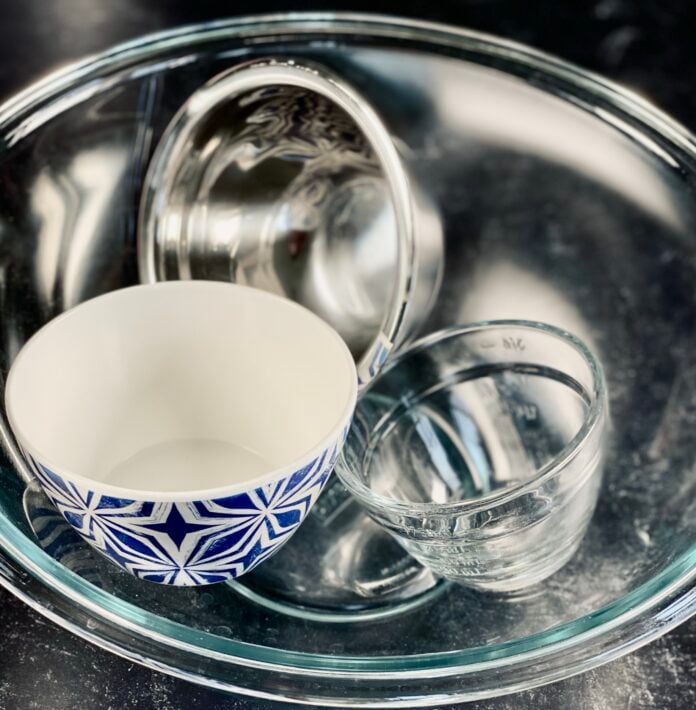When you’re first starting to bake, it’s difficult to know what you want vs. what you need. And it can be really, really tempting to just GO OUT AND BUY IT ALL.
These beautiful kitchenware designers and manufacturers don’t help. I mean, Chrissy Teigen’s Cravings line? Just come on and take my money. All of it!
But the truth, Friends, is that you really don’t need a whole lot of stuff to start baking. One thing you absolutely do need, though, is some reliable bowls.
Because you can’t make much of anything without a bowl.
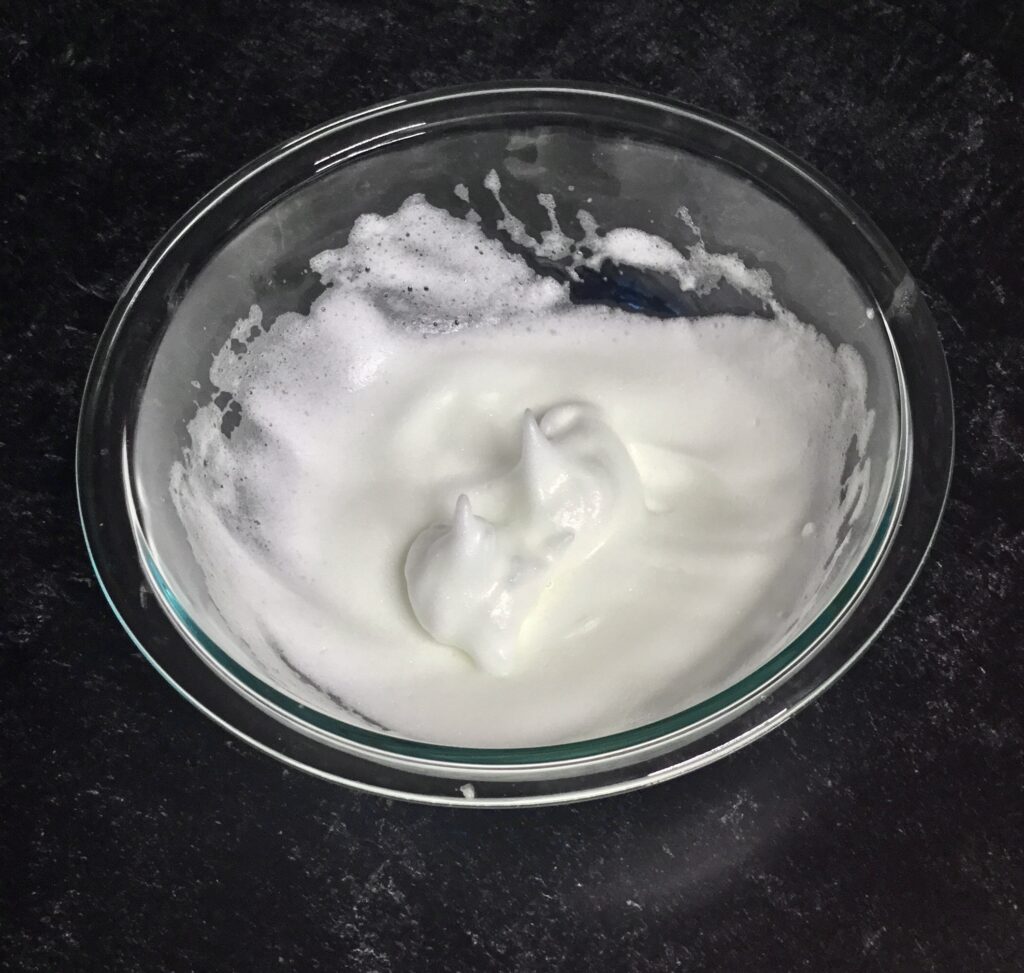
In today’s post, we’re talking about the bowls that I use in my kitchen, and some pros and cons that I’ve found in each type. If you’re new to baking and you need equipment, I hope the information in this post will help you pick the perfect set of bowls to get started on your baking journey.
In this post:
Introduction
Bowls come in many, many different types of material. Because this is a baking techniques blog, and not a warehouse club, I’m going to focus on the types of bowls that I find most useful for baking specifically.
Put your grandmother’s antique ceramic and porcelain bowls away, Friends. Y’all know that those bowls are just for finished macaroni salad and potato salad. But it must be said that those bowls are NOT for baking. They’re much too delicate for mixing dough and batter.
I have too many types of bowls in my kitchen, but only three that I use for baking: stainless steel, glass, and plastic.
Stainless Steel
Stainless steel bowls are the undisputed Queen (as in, reigning monarch kind of Queen) of the kitchen bowl. They’re a universal favorite among savory and pastry chefs because they don’t break (in a busy commercial kitchen, this is key) and they don’t absorb food odors.
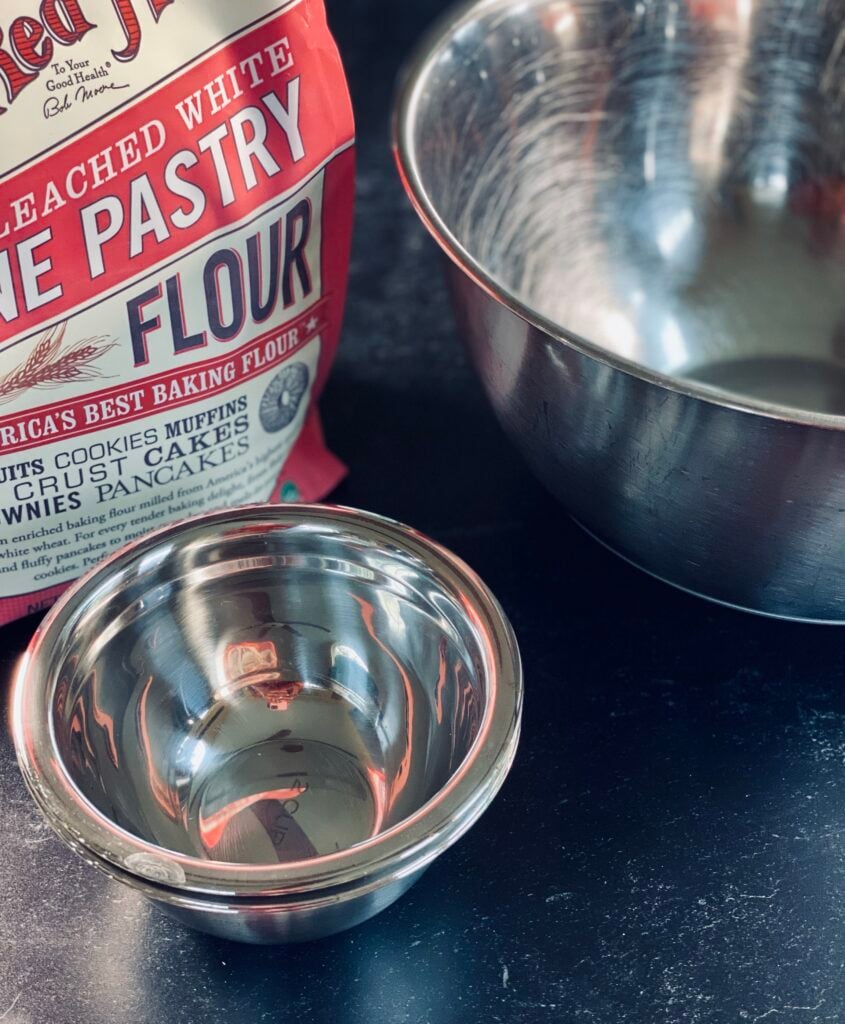
Stainless steel bowls are amazing for baking because they are extremely durable and lightweight. They come in multiple sizes, from spice jar to triple-batch bread proofing, and they are non-reactive.
Non-reactive just means that the metal of the bowl will not chemically react with the food in it. You don’t want this because it could lead to a metallic taste.
While stainless steel bowls are the undisputed Queen of the kitchen bowl, they are also the undisputed Queen of conducting heat. These will get as HOT as a stainless steel pot on your stove if you use them for a double boiler, so just be careful!
Some people don’t love the look of stainless steel bowls, because they are…industrial, but if you’re not concerned about design, they’re a great place to start. They’re a great kid-friendly option too, because did I mention that they don’t break?
Last thing: stainless steel and aluminum are NOT the same thing. Aluminum bowls are reactive, which means that you could end up with a metallic taste or discoloration in your food. The labels should clearly state whether they’re aluminum or stainless steel, though, so this shouldn’t be a huge deal.
Glass
Glass bowls are sleek, beautiful, and non-reactive. They also come in many sizes (as many as stainless steel) and they can help you see how well your batters and doughs are actually mixed. This is key for beginning bakers.
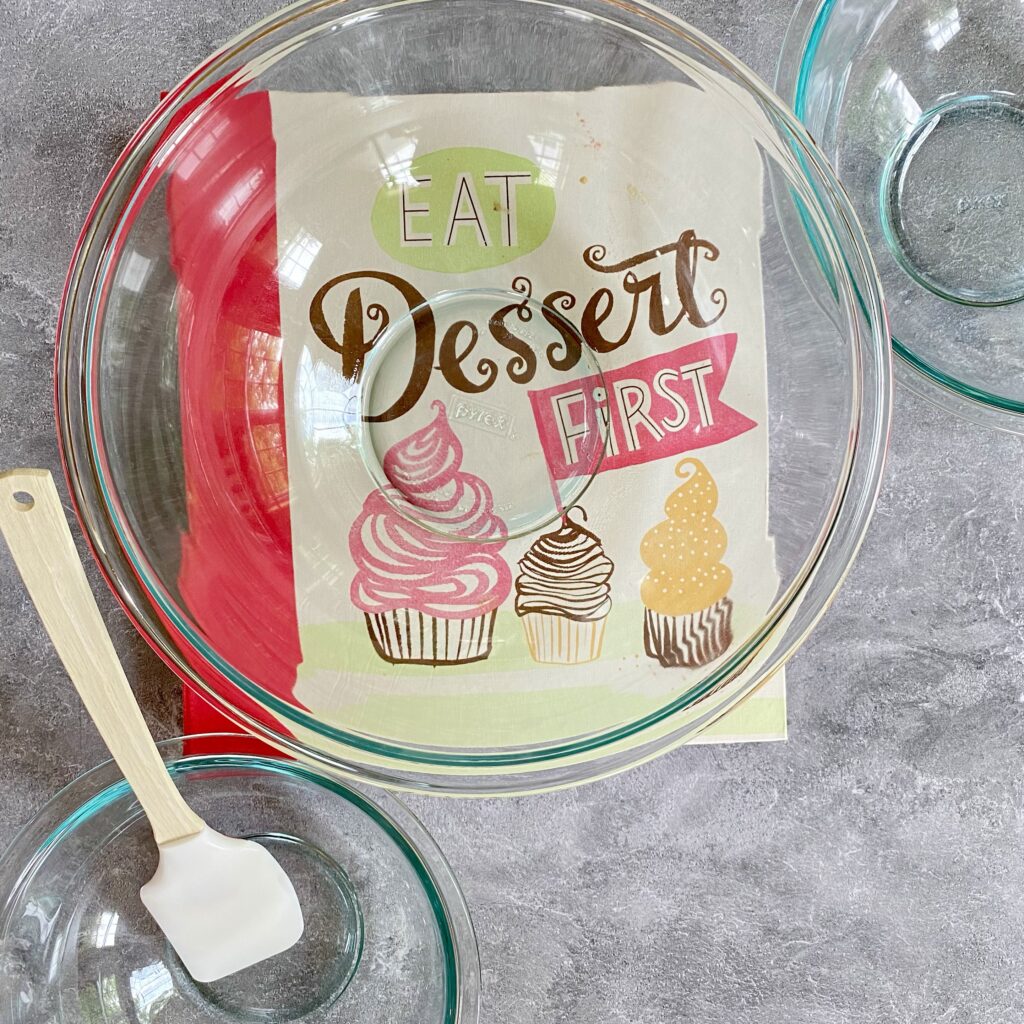
Weight-wise, they tend to be heavier than stainless steel. And, in my experience, a little more slippery when wet. This leads me to my next point:
They can break into roughly a billion flying pieces. And the inconvenience of this cannot be overstated. I’m guessing this is probably the reason that every author of every baking textbook I own (don’t judge) despises the thought of a glass bowl in the kitchen.
But I dunno for sure.
To reduce the possibility of sharp glass shards in your kitchen, it’s important to look for tempered glass when you’re buying glass bowls. Tempered glass is simply glass that’s been heat-treated to do two things: 1) break into small, pebble-looking pieces if it does break, and 2) resist extreme temperature changes (like from freezer to oven, which, honestly Fam, I would never recommend anyone do).
All that said, I prefer glass bowls for day-to-day small-batch mixing in my kitchen. If I’m doing really large quantities of an item, though, I’ll default to stainless steel, because large quantities means mixing more aggressively, and more aggressive mixing increases the likelihood of a bowl slipping and moving around the countertop.
Plastic
Several years ago, when my family went to Williamsburg, Virginia for a trip with extended family, my husband decided to make healthy cookies. So he went to the local grocer and bought all of the ingredients, as well as a set of plastic bowls. I keep those bowls because they remind me of my family and that amazingly fun trip.
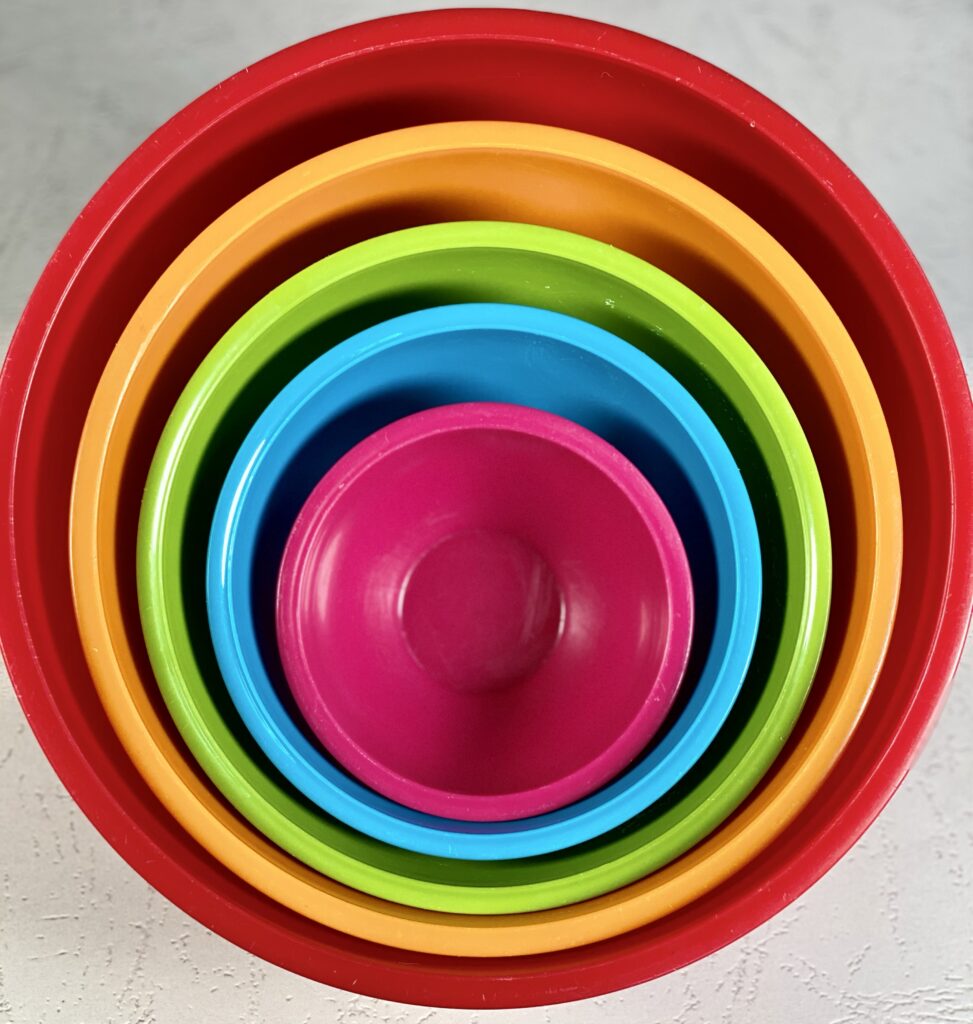
When my children were really small, they learned to crack eggs into the big red plastic bowl. Now, though, they use stainless steel bowls when they’re in the kitchen with me.
I tend to avoid plastic for baking because of BPA (bisphenol A). We’ve all heard of those treacherous three letters, and how heating plastic (either in a microwave or in a dishwasher) can cause the plastic to degrade, and cause the BPA to leach into foods. There’s an amazing Mayo Clinic article here that teaches about BPA in plastic. Suffice it to say, I try to avoid plastics as much as possible for cooking and baking.
The only exception to this rule in my kitchen is my absolute favorite set of spice/butter bowls, which are made of non-BPA melamine. Because sometimes I just want a touch of prettiness while I work. I don’t heat these bowls though. They’re strictly for mise en place (cold ingredients only).
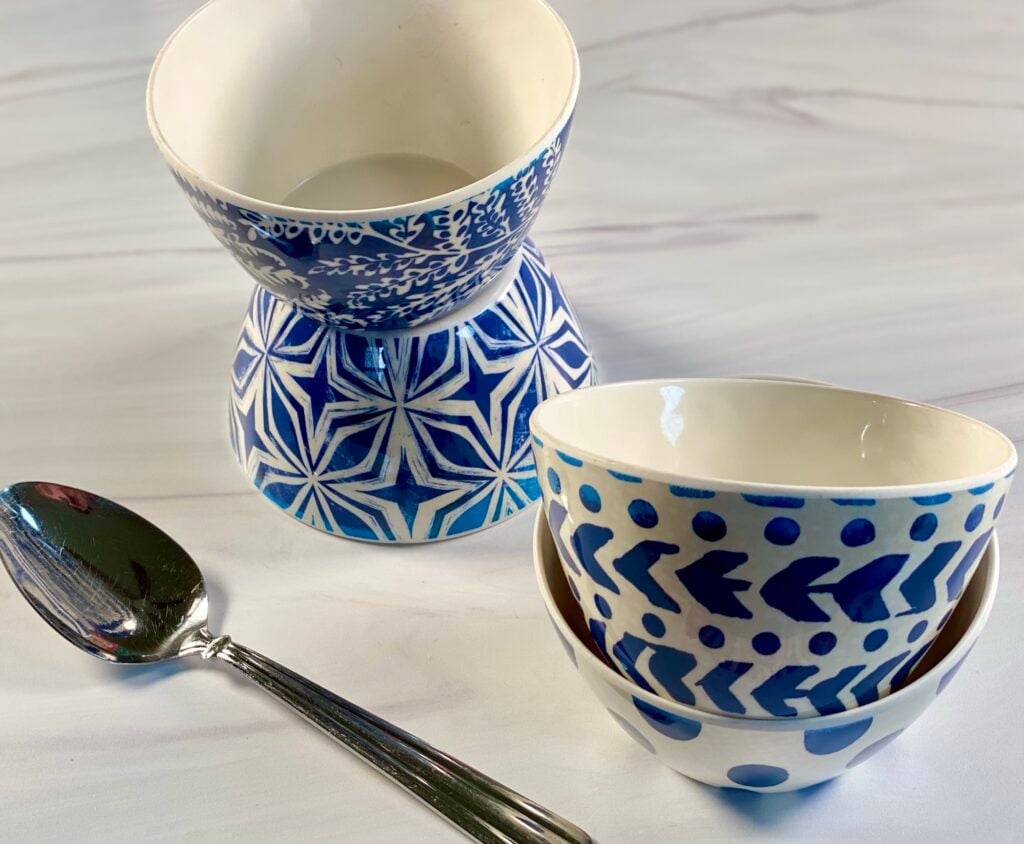
As much as I try, I’m sure that there’s some sneaky BPA somewhere in my kitchen/house/life. What I do know, though, is that it’s not leeching into my food from my plastic bowls.
Buying Suggestions
I hope this quick breakdown was helpful for you as you stock your kitchen with alllllllll of the bowls. I wanted to finish today with a couple of general rules that I do follow when I am looking for new kitchen bowls:
I’m never, ever going to buy an expensive kitchen bowl. There are too many well-made bowls with high quality materials to be fooled into purchasing something that is unnecessarily expensive. Bowls are vessels for ingredients and dough. They are not appliances, so they shouldn’t cost as much as one. And I always buy bowls in a set!
If I was going to buy more plastic bowls, I would definitely require them to be BPA-free (and labeled as such). I’m more likely to buy more stainless steel bowls, though.
All of the bowls in my kitchen have a very flat bottom. This makes them more steady on the work surface and gives me peace of mind that they won’t go flying when I’m making yummy pancakes.
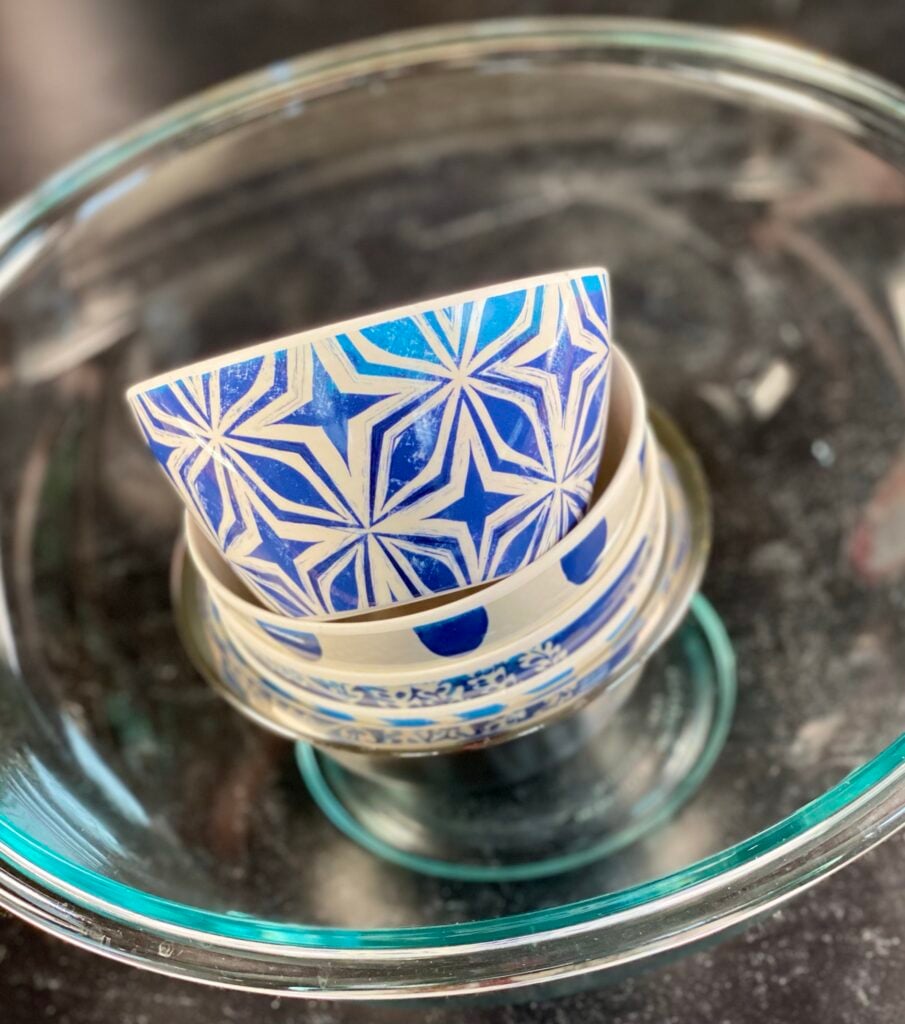
What’s your favorite bowl for cooking and baking? Feel free to let me know in the comments, below!
And while you’re here, don’t forget to subscribe for weekly updates!


